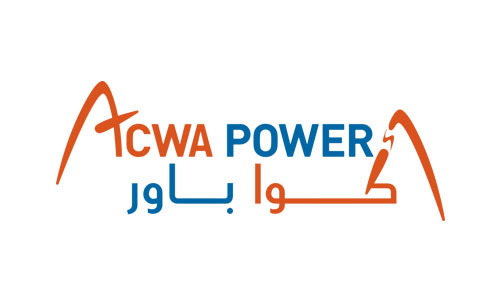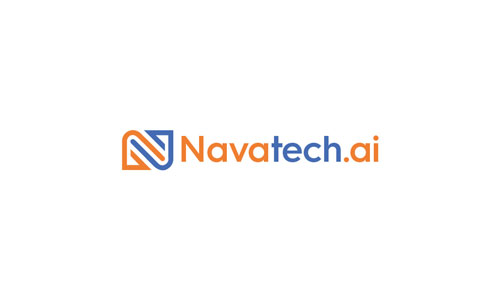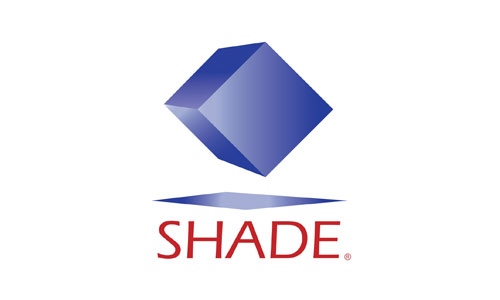
Tech for Safety & Wellbeing Award
To be shortlisted, entries had to show how digital tools improved safety, well-being, or quality of life on AEC projects or within an organisation. The technology needed to play a vital role using AI, IoT, wearables, connected cameras, virtual reality, etc., to monitor people and assets, alert to dangers, provide virtual rehearsals, or gather data for ongoing improvements. Project owners, developers, contractors, or consultants from the built environment could enter, but not technology providers.
HSSE Score Card 2.0
ACWA Power
The HSSE Score Card 2.0 is the world’s first automated HSSE data analysis solution of its kind. It has been employed to provide a holistic overview of the HSSE performance of ACWA Power managed work sites (both construction and operations) by measuring their data against several leading and lagging indicators reported monthly via the Synergi Life digital tool.
This delivers a live picture of the HSSE system health at a work site at any given moment via a ‘score’ while flagging critical performance parameters where improvement interventions could be focused. In effect it also provides company management an overall comparison between HSSE performance of different work sites globally.
The updated HSSE Score Card 2.0 version address a major challenge in the industry of moving the focus from quantity of HSSE data reported to its quality. It does this by employing AI techniques developed in partnership with a specialist third-party, thereby moving away from the concept of chasing higher scores just by reporting more data.
The revamped Score Card now provides more well-rounded and greater insight to management and site teams to make clearer decisions and take appropriate action to improve performance.

nAI App
JLL
The nAI Safety App by Navatech is a groundbreaking digital solution designed to enhance safety and well-being in the construction and industrial sectors. Utilising cutting-edge AI technology, the app proactively identifies and mitigates risks by analysing real-time data to predict and prevent potential incidents.
Its seamless integration with safety management systems provides instant alerts, incident reporting, and AI-driven recommendations for safety improvements, all through an intuitive, easy-to-use interface.
The project was initiated in response to the growing need for enhanced safety protocols in high-risk environments, where human error and communication gaps can result in costly accidents. The app’s primary aim was to minimise workplace incidents and improve overall safety standards, while also fostering a culture of continuous improvement.
The nAI Safety App successfully met these goals by not only reducing the number of safety-related incidents but also improving communication among workers and supervisors.
The app’s unique features, such as multilingual support and real-time alerts, have proven critical in maintaining a safe working environment, making it an essential tool for driving safety culture and ensuring compliance. The app is now fully operational and widely used across several projects, demonstrating tangible improvements in safety and well-being.

Operation Excellence Through Technology for Safety and Wellbeing
Emaar The Economic City (KAEC)
King Abdullah Economic City’s (KAEC) City Operations are transforming urban safety and well-being by embedding safety, risk management, and environmental sustainability into its Enterprise Asset Management (EAM) system. Through a fully integrated, data-driven framework, KAEC leverages the EAM system, real-time mobility solutions, and AI-driven analytics to create a proactive, predictive safety ecosystem.
The Nerve Center seamlessly connects all operations, integrating asset life cycle management with Safety Operations, permits, Environmental Aspect Impact, Near Miss & Incident Reporting, emergency dispatch, map-based tracking, and Safety Training, ensuring safety, compliance, and well-being are embedded into every operational workflow.
By incorporating safety into the EAM system, KAEC facilitates real-time risk assessments, hazard controls, and predictive maintenance for life safety systems across infrastructure and verticals. Permits prevent hazardous overlaps, and Near Miss & Incident Reporting streamline investigations, driving continuous safety improvements.
This comprehensive safety framework aligns with ISO 4500, ISO 55001, ISO 14001, and ISO 37120, ensuring compliance with global best practices while fostering a culture of continuous improvement. This approach enhances urban well-being and environmental stewardship, leaving a lasting legacy for other global urban environments to follow and positioning itself as the hub for the King Salman Automotive Cluster and a key destination for the 2034 FIFA World Cup.

Shade Safety Digital Portal
Shade Corporation
Shade Safety Digital Portal is a mega-project being executed by Shade Corporation Ltd, which will be part of the Kingdom of Saudi Arabia’s Vision 2030. Shade Safety Digital Portal has deployed multiple innovative digital solutions that promote digital transformation, improve the use of technologies and ensure the project success.
The future of digital project management is highlighted in the following three features: Automation, Artificial Intelligence and Data analytics. All features were covered in the Smart Safety Monitoring Solution implemented in Shade Safety Digital Portal.
The Smart Safety Monitoring System was envisioned and designed to enhance safety & security at Shade Safety Digital Portal construction site. The system is automating the monitoring and detection of aspects related to safety & security and add another layer to the existing HSE procedures/guidelines of Shade Corporation Ltd.
The system uses most advanced and up-to-date edge computing hardware.
The system will complement other existing safety control measures and will help in improving compliance to the company’s Safety policies and procedures. The system is highly scalable, and level of surveillance and safety monitoring can be increased or decreased with minimal cost and effort.
